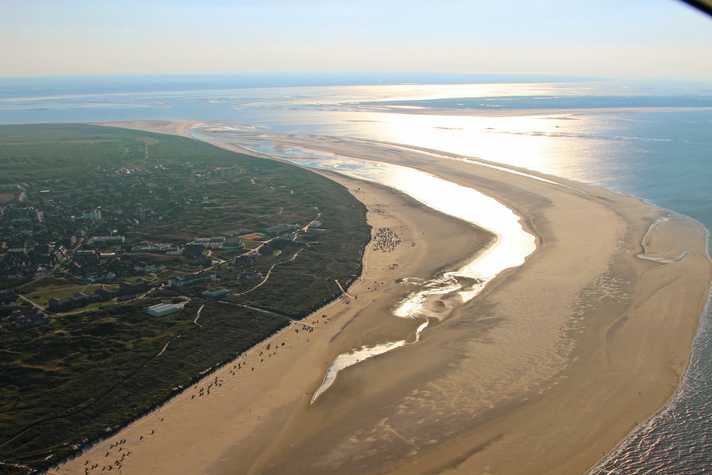
There is almost nothing that is not regulated in the sometimes over-regulated Europe and Germany is probably the unofficial world champion when it comes to putting up prohibition signs. Water sports are no exception, with clear rules on who is allowed on the water when and where at almost all busy spots. In many places, windsurfers have it even easier than kiters - the danger posed by long lines and the "scaring effect" of kites, which has sometimes been attested, have led to kitesurfing no longer being permitted at numerous spots. But what about wingsurfing? Is it now also prohibited at spots where kitesurfing is banned? Or is wingfoiling being lumped together with windsurfing?

This problem is now occurring at more and more spots, e.g. at Lake Zwenkau near Leipzig. Kitesurfing is prohibited there, but windsurfing is permitted. Just recently, a wingsurfer was fined 60 euros by the local water police. Reason: Wingsurfing and kiting are to be equated, so a ban on kiting also applies to wingfoilers.
We asked the Association of German Watersport Schools (VDWS) whether there is already a clear regulation.
Thomas Weinhardt, Chairman of the VDWS, explains the situation: "As wingsurfing is a completely new sport, it will probably be some time before anything can be found in the various regulations. If it is already regulated somewhere, it can only be a local or municipal police regulation.
Such a categorisation is actually quite adventurous because, unlike kiting with long lines, the wing is held directly in the hands. Our water sports schools have not yet reported any problems or conflicts in this regard. In principle, however, we consider wingsurfing to be the same as windsurfing," explains Weinhardt.

We are working to ensure that wingsurfing is legally equated with windsurfing
At least the right of way rules for windsurfers, kiters and wingsurfers are clear; all three sports must be treated equally.
The rules of right of way when wingfoiling
- Wind from port gives way to wind from starboard: If two sailing vessels are on a collision course and one of the vessels has the wind from the left, i.e. from port, while the other has the wind from the right, i.e. from starboard, the one with the wind from port must give way. The following rule of thumb can be remembered on the water: Right hand in front is right! Left hand from the front must give way!
- Windward gives way to leeward: If two sailing vessels on a collision course have the wind from the same side (and therefore the same hand in front), the vessel further to windward must give way!
- Overtaking driver keeps clear: In an overtaking situation, the faster vehicle must ensure that it passes the slower vehicle at a sufficient distance so that the latter is not jeopardised or obstructed.
However, it will probably be some time before there are clear regulations for many spots in inland and coastal regions.
